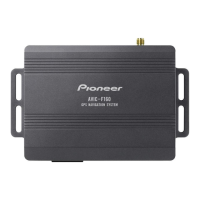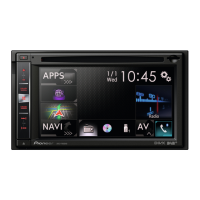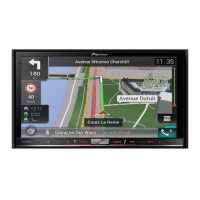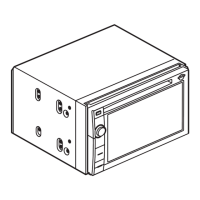What to do if my Pioneer AVIC-F20BT Car Navigation system cannot position my vehicle on the map?
- DDavid AustinOct 28, 2025
If your Pioneer Car Navigation system struggles to position your vehicle on the map, consider these potential causes and solutions: * Check the GPS signal reception and the position of the GPS aerial. Ensure the aerial is clear of obstacles. * If obstacles are blocking satellite signals, continue driving until reception improves. * If the position of satellites relative to your vehicle is inadequate, continue driving until reception improves. * Confirm all lead and connector connections are correct. * Rectify any issues causing the fuse to blow and replace it with a fuse of the same rating. * If noise interferes with the microprocessor, park safely, turn off the engine, turn the ignition key to Acc off, then restart the engine and the navigation system. * Wait until receptio...












